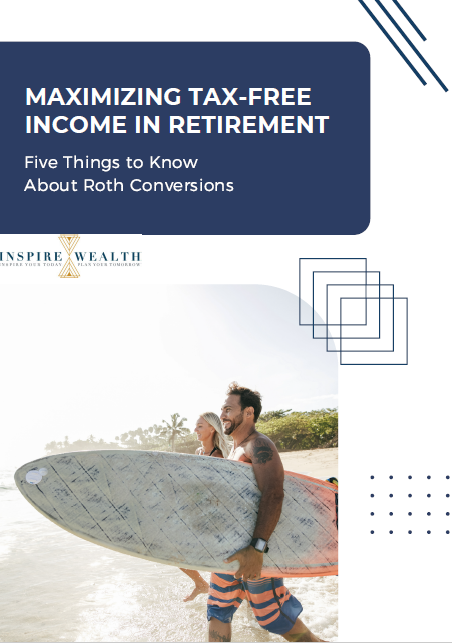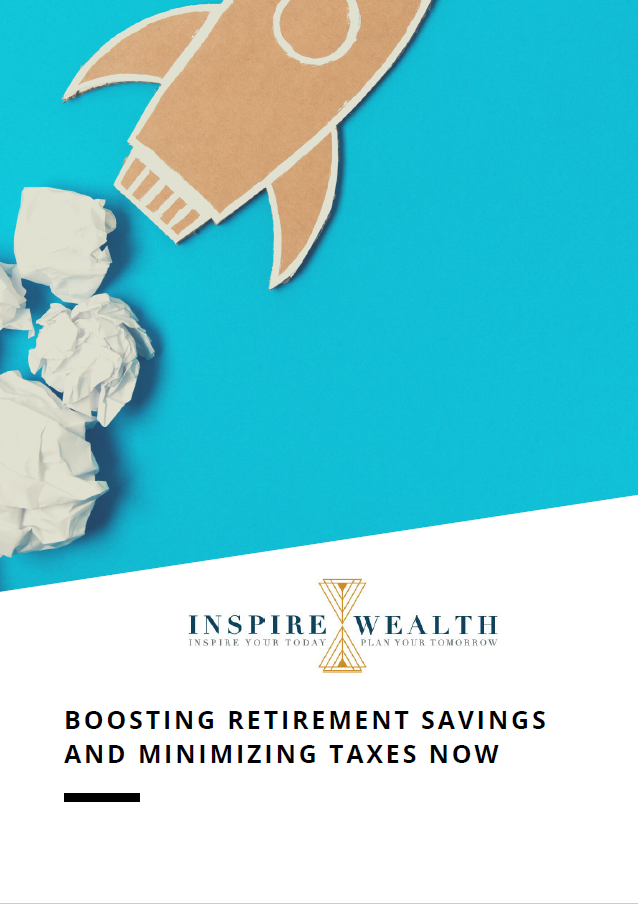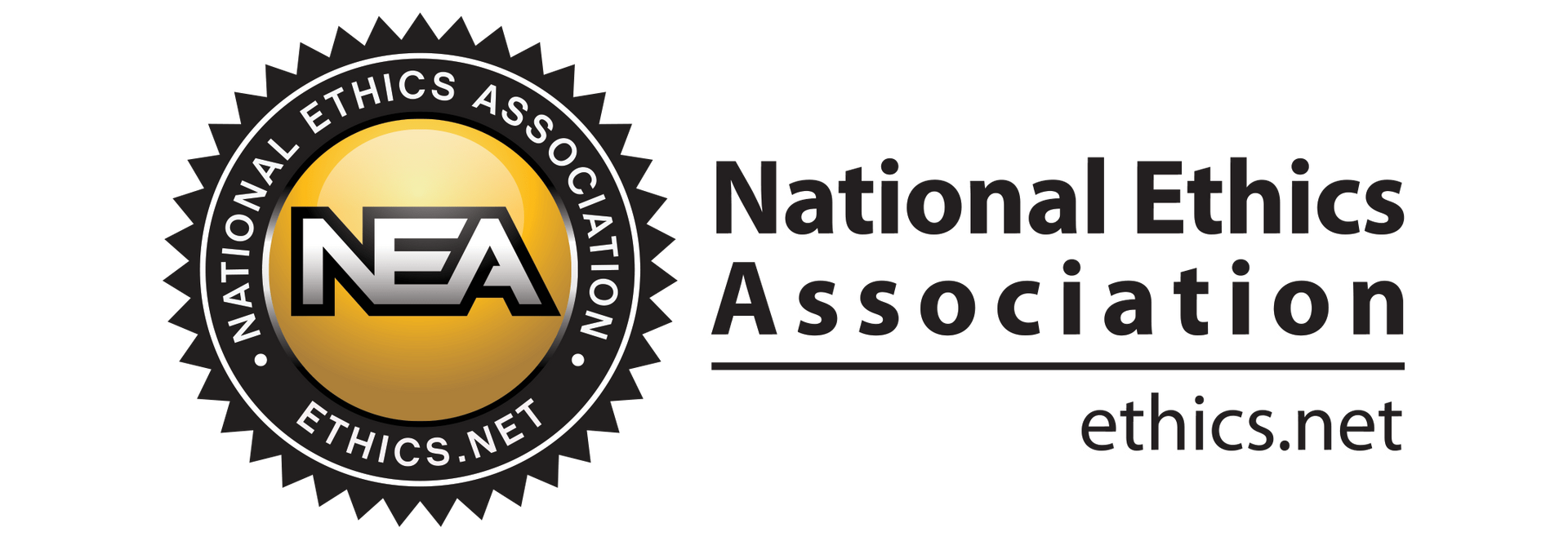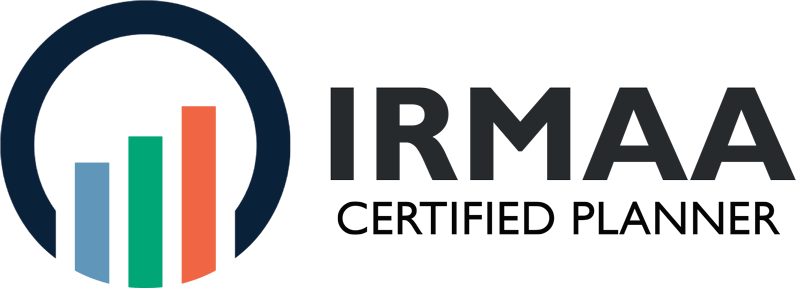March 8, 2024
Growing your business across every measure is the priority for business owners, no matter their stage. Every stage brings different things to tackle, but they all have one thing in common – taxes. Business owners have unique tax advantages. The key to maximizing them is not leaving it until your annual meeting with your tax accountant. It means creating a multi-year strategy that works as your business grows and your profits, activities, plant and equipment, strategies, etc., evolve. An effective tax plan will be flexible and customized to your own business and personal situation, but there are some areas common to all good tax strategies that will help you get started. Start With the Right Structure – or Convert Whether to incorporate or not often comes down to two aspects: tax planning and personal liability. For many businesses, the simplicity of a sole proprietorship or partnership is appealing, or the limited protection of an LLC is enough. Corporations offer robust protection from personal liability and can make raising capital and attracting top talent easier. An “S” corp can offer similar advantages but comes with additional tax benefits. As defined by the IRS, an S corp is a corporation that elects to pass corporate income, losses, deductions, and credits through to its shareholders for federal tax purposes. Shareholders of an S corp report the flow-through of income and losses on their tax returns and are taxed at their individual income tax rates. This allows S corporations to avoid double taxation on the corporate income compared to the C corp. S corporations are responsible for tax on certain built-in gains and passive income at the entity level. It is possible to convert from one structure to another after you’re already up and running. It’s a process, so you’ll need to weigh the costs and benefits carefully. Retirement Plan Benefits are Business and Personal Setting up a retirement plan for your business has many benefits. From the simplest IRA or Solo 401(k) to a traditional administered 401(k) plan for all employees, there’s a plan that’s right for your business: Attract and retain employees Business tax deductions and /or tax credits Maximize personal tax-deferred retirement savings Attracting and retaining top talent is one of the key pieces in building a successful company. In today’s economy, employees who can now often work from home are much more focused on financial benefits than in previous years, and retirement plans are at the top of their lists. Betterment recently sponsored a survey that asked respondents if they would leave their current job for one that offered a high-quality 401(k) plan, and 65% of them said yes. In addition, 56% indicated they could be lured away by a 401(k) with an employer matching contribution to a retirement plan. Company matching contributions are considered tax-deductible business expenses, and if you’re concerned about the administrative costs- those may be deductible too. There are also tax credits for small business owners that offer a 401(k) plan. There are several plans to choose from. If it’s just you and your spouse, the Solo 401(k) functions like a regular 401(k), except as the business owner, you are considered to wear two hats. You can contribute both as an employee and as an employer. Both of these have tax advantages built in. If you have more employees, a SEP or SIMPLE IRA may be right for you. With a SEP IRA, the business owner contributes on behalf of the employee up to $61,000 in 2022. One key benefit: SEP-IRAs permit employers to omit contributions during years that the company is not generating a profit or is experiencing declining sales. A SIMPLE IRA is typically for 100 or fewer employees, and the employee is always 100% vested in all the SIMPLE IRA funds. The employer has a choice about contributing annual funds to the plan: Non-elective contributions: The employer contributes 2% of each employee’s salary into the plan each year, even if the employee does not contribute. Elective contributions: Dollar-for-dollar matching contribution, up to 3% of the employee’s salary. Maximizing Both Sides of the Tax Equation: Deductions and Credits Tax deductions reduce the amount of income that is subject to taxes. Tax credits reduce your tax bill. Both are available to business owners. Deductions Retirement plan contributions Health insurance premiums Marketing expenses Business insurance premiums Legal and professional services Home office expenses Self-employment taxes Interest on business loans Some personal expenses There are many opportunities to maximize deductions. So many that it’s worthwhile to think through the advantages and disadvantages. You’ve probably heard the “tax tail waving the business dog” analogy. For good reason – claiming too many deductions can open you to an audit and make it difficult to raise funds or get a personal mortgage if your business income is too low. It’s all about balance. Tax Credits These are incentives. The government uses tax credits to reward business behaviors that it feels are beneficial, help businesses out in certain industries, or promote hiring underserved populations. Health insurance premiums Paid family and medical leave Work opportunity credit Research activities Disabled access Childcare facilities and services Alternative energy While some of these may seem like they are for larger firms, qualifying may be easier than you think. Since they reduce your tax liability without impacting your taxable income, they are worth exploring. It’s an Ongoing Process Your business will change from year to year, throughout economic and market cycles, and you’ll have a natural business cycle as you and your business mature. Planning for taxes should be regarded like cash flow planning. You should identify short- and long-term tax savings opportunities and match them to your business planning. Keeping business goals and taxes aligned adds to your bottom line now, helps you build personal wealth, and when it’s time for an exit, you’ll have an advantage in a clean, tax-efficient business. The Bottom Line Tax planning should be top-of-mind for every business owner and goes way beyond throwing receipts in a shoebox (or the electronic equivalent). Take your tax planning seriously, incorporate it into your business goals, and you’ll increase the value of your biggest asset. Disclaimer: The information contained herein is intended to be used for educational purposes only and is not exhaustive. Diversification and/or any strategy that may be discussed does not guarantee against investment losses but are intended to help manage risk and return. If applicable, historical discussions and/or opinions are not predictive of future events. The content is presented in good faith and has been drawn from sources believed to be reliable. The content is not intended to be legal, tax or financial advice. Please consult a legal, tax or financial professional for information specific to your individual situation.
















